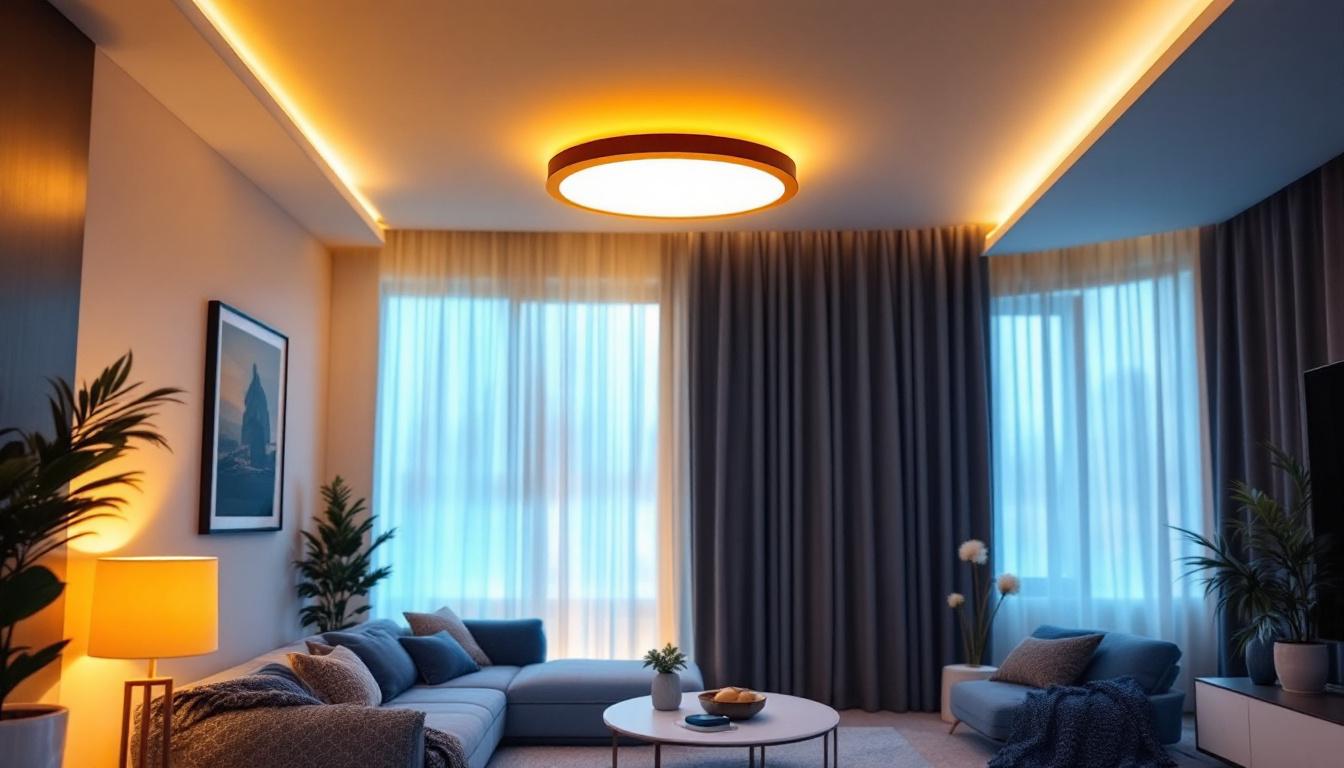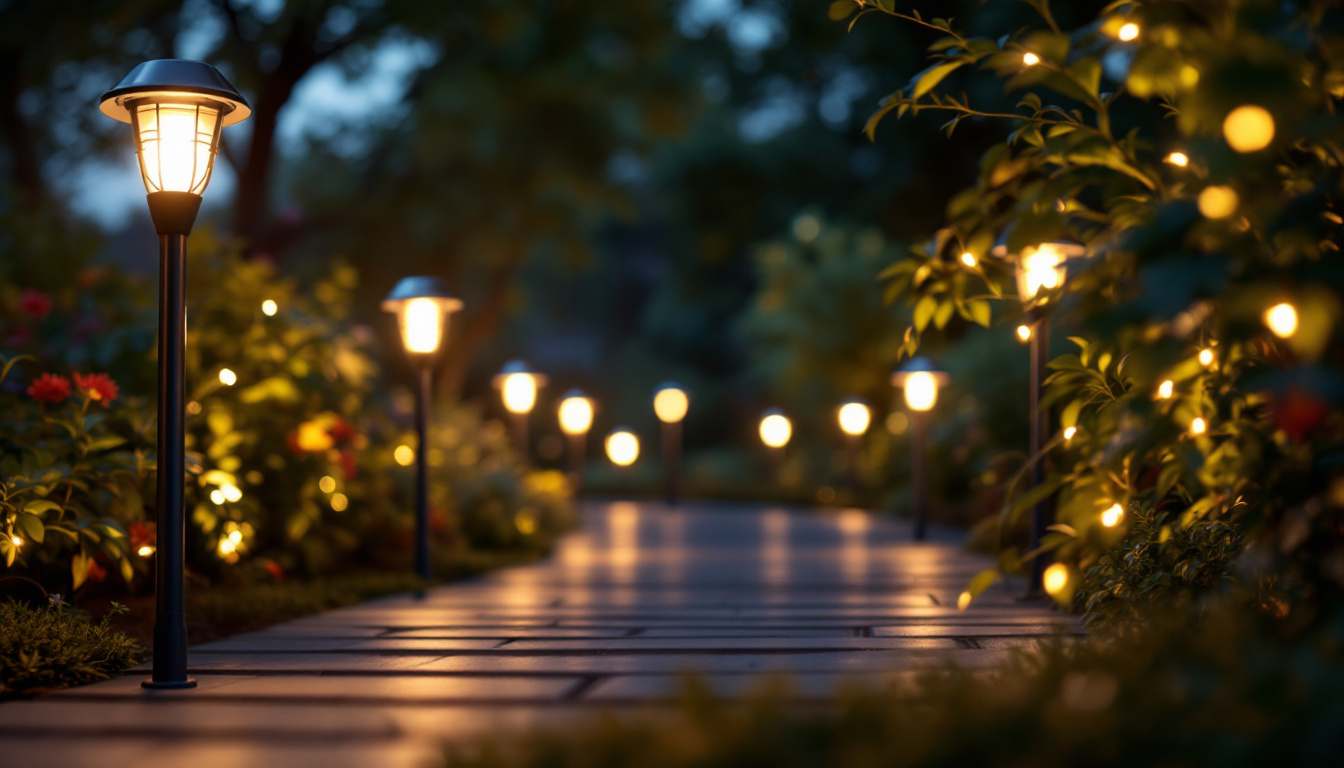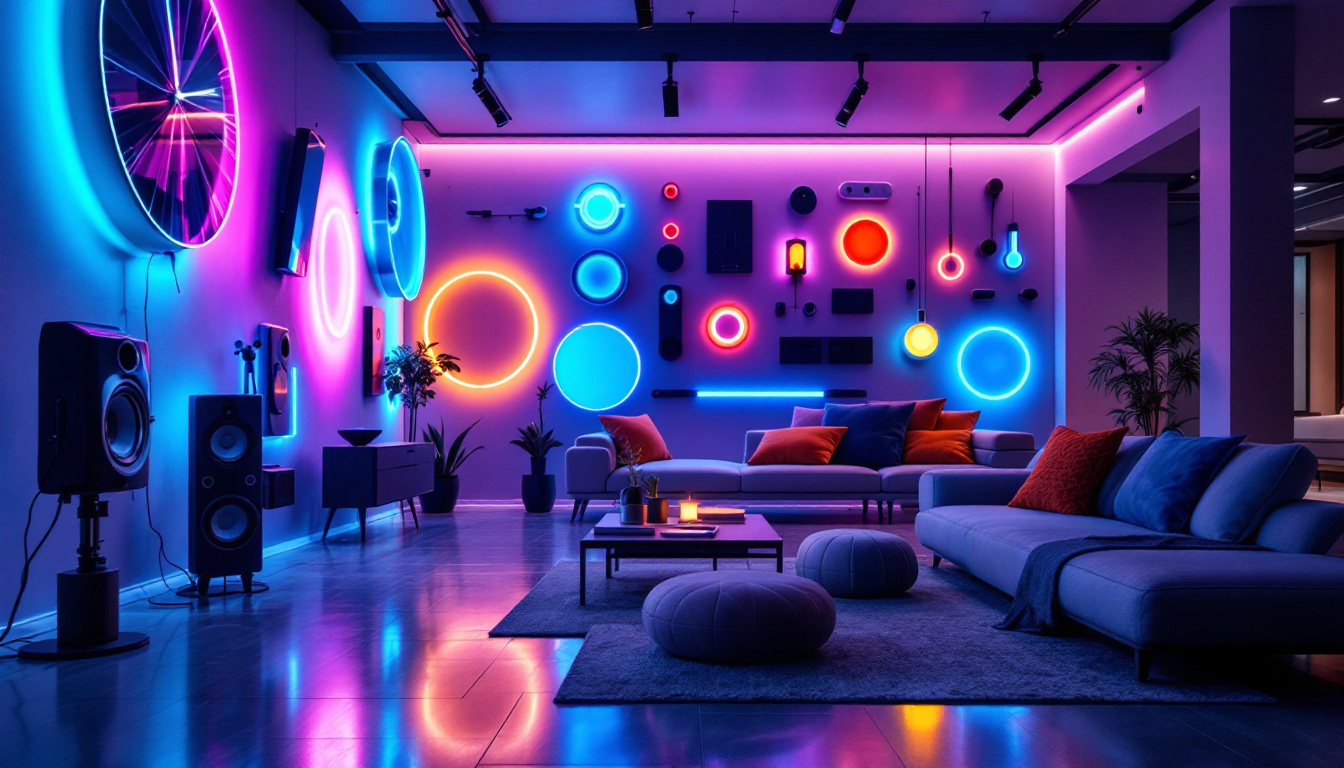
Recessed down lights, also known as can lights or pot lights, are a popular choice among lighting contractors for both residential and commercial spaces. These fixtures are designed to be installed into a hollow opening in the ceiling, providing a clean and modern aesthetic. However, while they are often favored for their sleek appearance and versatility, there are several critical aspects that contractors frequently overlook during the selection and installation process.
There are various types of recessed down lights available on the market, each designed for specific applications. The most common types include LED, halogen, and fluorescent down lights. LED fixtures are increasingly popular due to their energy efficiency and long lifespan, while halogen lights offer a warm color temperature that many homeowners prefer. Fluorescent options, though less common in new installations, are still utilized in certain commercial settings.
Understanding the differences between these types is essential for contractors, as it influences not only the energy consumption but also the overall ambiance of the space being illuminated. Selecting the appropriate type based on the specific needs of the project can significantly enhance the final outcome. Additionally, LED technology has advanced to include various color temperatures and dimming capabilities, allowing for greater customization in lighting design. This flexibility can be particularly beneficial in spaces that serve multiple functions, such as living rooms that transition from casual gatherings to formal entertaining.
The trim of a recessed down light plays a crucial role in both aesthetics and functionality. Trims come in various styles, including baffle, reflector, and adjustable options. Each trim type affects how light is distributed and can enhance or diminish the effectiveness of the fixture.
Contractors must consider the intended purpose of the lighting when selecting trims. For instance, a baffle trim is ideal for reducing glare in living spaces, while a reflector trim can maximize brightness in areas requiring more light, such as kitchens or workspaces. Overlooking the importance of trim selection can lead to suboptimal lighting conditions and dissatisfied clients. Furthermore, the finish of the trim—whether it’s matte, polished, or painted—can also impact the overall design aesthetic, making it essential for contractors to align their choices with the interior design theme of the space. For example, a sleek, polished trim might complement a modern minimalist design, while a matte finish could suit a more rustic or traditional setting.
Proper installation is paramount for the performance of recessed down lights. While it may seem straightforward, there are several factors that contractors often overlook, which can lead to issues down the line.
One of the most critical aspects of installation is the relationship between ceiling height and fixture size. Many contractors fail to account for how the height of the ceiling can affect the beam spread and intensity of the light. For instance, a fixture that works well in a standard eight-foot ceiling may not produce the same effect in a room with vaulted ceilings.
Contractors should also consider the size of the fixture itself. Larger fixtures may require more space and can dominate a small room, while smaller fixtures may not provide adequate lighting in larger spaces. Balancing these elements is essential to achieving a well-lit environment. Additionally, the placement of fixtures should be strategically planned; fixtures spaced too far apart can create dark spots, while those placed too closely may result in an overly bright area, detracting from the overall aesthetic. Thoughtful consideration of these factors can significantly enhance the ambiance and functionality of any space.
Electrical considerations are another area where contractors can overlook critical details. Proper wiring and the use of compatible dimmers are essential for ensuring that recessed down lights function as intended. Inadequate wiring can lead to flickering lights or even electrical hazards.
Moreover, contractors should be aware of the wattage and voltage requirements for the fixtures being installed. Using incompatible dimmers or exceeding wattage limits can result in poor performance or damage to the fixtures. Ensuring that all electrical components are compatible is vital for a successful installation. Furthermore, it is advisable to incorporate energy-efficient LED options, which not only reduce energy consumption but also have a longer lifespan compared to traditional bulbs. This consideration not only benefits the environment but also saves homeowners on utility bills over time. By prioritizing these electrical aspects, contractors can ensure a safer and more efficient lighting solution that meets the needs of their clients.
Lighting design is an art that combines functionality with aesthetics. While contractors may focus on the technical aspects of installation, they often overlook the principles of effective lighting design, which can significantly impact the end result.
Layering light involves using multiple sources of light to create a balanced and dynamic environment. This can include ambient, task, and accent lighting. Recessed down lights are typically used for ambient lighting, but they can also serve as task or accent lighting when strategically placed.
Contractors should consider how recessed down lights can complement other lighting sources in the space. For example, combining down lights with wall sconces or pendant lights can create a more inviting atmosphere and enhance the functionality of the space. Ignoring the importance of layering can lead to flat, uninspiring lighting that fails to meet the needs of the occupants.
The color temperature and Color Rendering Index (CRI) of the lighting fixtures can greatly influence the mood and functionality of a space. Color temperature is measured in Kelvins (K), with lower values producing warmer light and higher values yielding cooler light. A warm light (around 2700K) is often preferred in residential settings for its cozy feel, while cooler temperatures (above 4000K) may be more suitable for workspaces.
CRI measures how accurately a light source displays colors compared to natural light. A higher CRI (above 90) is desirable in spaces where color accuracy is essential, such as art studios or retail environments. Contractors should educate their clients about these factors to ensure that the selected fixtures meet their aesthetic and functional requirements.
In today’s eco-conscious world, energy efficiency and sustainability are more important than ever. While many contractors are aware of the benefits of LED fixtures, there are additional considerations that can enhance the sustainability of a lighting project.
Smart lighting solutions, such as those that can be controlled via smartphone apps or integrated into home automation systems, are gaining popularity. These systems allow users to adjust brightness, color temperature, and even set schedules for their lighting, leading to increased energy savings.
Contractors should consider recommending smart lighting options to clients looking to enhance their home or business. Not only do these solutions improve energy efficiency, but they also offer convenience and customization that can greatly enhance the user experience.
When installing new recessed down lights, contractors often overlook the importance of proper recycling and disposal of old fixtures. Many lighting components, especially those containing hazardous materials, require special handling to prevent environmental damage.
By implementing a recycling program or partnering with local waste management services, contractors can ensure that old fixtures are disposed of responsibly. This not only helps the environment but also positions the contractor as a responsible and eco-friendly choice in the eyes of clients.
Even the most experienced lighting contractors can fall prey to common mistakes during the installation of recessed down lights. Recognizing these pitfalls can help ensure a smooth process and a successful outcome.
One of the most frequent mistakes is failing to space recessed down lights appropriately. If fixtures are too close together, the lighting can become harsh and create unwanted shadows. Conversely, if they are spaced too far apart, certain areas may remain inadequately lit.
A general rule of thumb is to space fixtures approximately 4 to 6 feet apart, depending on the ceiling height and the wattage of the bulbs used. Taking the time to plan the layout carefully can lead to a more balanced and inviting lighting scheme.
Many contractors neglect to discuss dimming options with their clients. Dimmers not only provide flexibility in lighting levels but also contribute to energy savings and extended bulb life. Clients often appreciate the ability to adjust lighting based on their needs, whether for entertaining, reading, or relaxing.
Incorporating dimming capabilities into the design can enhance the overall functionality of the lighting system, making it more adaptable to various activities and moods.
Recessed down lights are a versatile and aesthetically pleasing lighting solution that can greatly enhance any space. However, lighting contractors must pay attention to various factors that can significantly influence the effectiveness and appeal of these fixtures. From understanding the different types of recessed lights to considering installation specifics, lighting design principles, energy efficiency, and avoiding common mistakes, a comprehensive approach is essential.
By addressing these often-overlooked aspects, contractors can ensure that their clients receive not only beautiful lighting but also functional and sustainable solutions that meet their unique needs. Ultimately, a well-executed recessed down light installation can transform a space, creating an inviting atmosphere that enhances both comfort and style.
Ready to take your lighting installations to the next level? At LumenWholesale, we provide lighting contractors like you with the highest quality, spec-grade recessed down lights and more, all at unbeatable wholesale prices. Say goodbye to local distributor markups and hello to a vast selection of reliable, high-performance lighting that meets the most rigorous industry standards. Plus, with free shipping on bulk orders, you can stock up on premium lighting solutions without worrying about hidden fees. Elevate your projects with the perfect combination of quality, affordability, and convenience. Discover the best value in wholesale lighting by visiting LumenWholesale today.

Discover essential tips and common pitfalls for lighting contractors working on warehouse ceilings.

Discover how solar panel lights can revolutionize your outdoor lighting installation projects.

Discover the crucial role garage ceiling lights play in the success of lighting projects for contractors.

Discover the key insights and expectations clients have for lighting contractors in the world of LED installations.